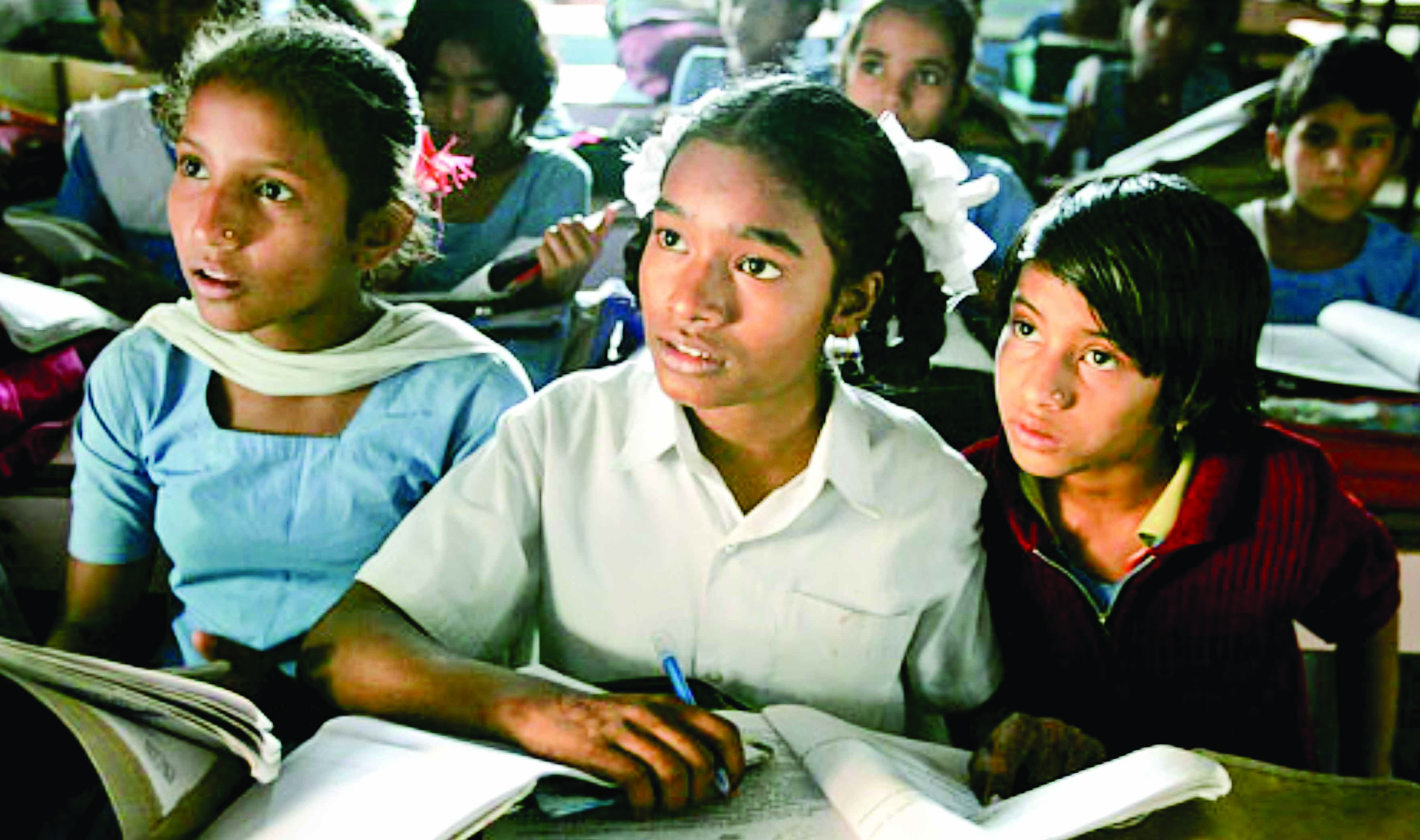While there has been progress made to curb violence against women in India, we still have a long way to go. There was a drop in the number of rape cases registered by the Delhi Police from 2,199 in 2015 to 2,155 in 2016, however six cases of rape were reported everyday on an average. In January 2017 alone Delhi Police has registered 140 cases of rape in the capital.
Attitudes have significant consequences with regard to the perpetration of violence against women, women’s response to their own victimization as well as society’s response to violence against them. Among many factors, researchers believe that education plays a very important role in shaping attitudes towards women and is often highlighted in major sociological theories. As per UNESCO’s Global Education Monitoring (GEM) report, India is expected to achieve universal primary education in 2050, universal lower secondary education in 2060 and universal upper secondary education in 2085. It is not only important that education is seen as a priority by all families for their young children, especially for girls, but it is also necessary to focus on the syllabus that the students consume. Both these factors are critical in terms of shaping attitudes towards women and perpetration of violence against them.
Attitudes can be easily formed based on the exposure children and young adults get from their families, neighbourhood, peers and mass media. Educational institutions help in providing a rational space to understand and develop positive attitudes, thus it is important for students to learn about the ground reality of gender dynamics in India.
While Gender Studies was introduced in the syllabus of Bachelors of Education (BEd) and Diploma in Education (DEd) by the National Council for Teacher Education (NCTE) in 2014, gender studies is yet to become a proper part of primary or secondary education in schools. In the prescribed syllabus of Central Board of Secondary Education (CBSE) from Classes I to XII, Gender Studies as a topic is only marginally introduced in Class X under the subject of Civics. When one explores the contents further, only Chapter-4 Gender, Religion and Caste can be seen briefly discussing gender roles, stereotypes and inequalities. However, some of the examples are quite outdated such as the Government of India’s Time Use Survey (1998-99) which calculated the average work hours of women and men in six states and the sex ratio map of India from 2001. Lastly, the only information about violence and sexual violence against women has been summed up in these lines — “There are reports of various kinds of harassment, exploitation and violence against women. Urban areas have become particularly unsafe for women. They are too unsafe within their own home from beating, harassment and other forms of domestic abuse.” Students at the age of fifteen need more than just a couple of vague sentences to learn about the issues women face in our country.
Significant changes should be made in the education system to introduce Gender and Sex Roles related topics in the curriculum at both school and college levels to generate awareness and empower the students from a young age. Understanding and learning about these issues is an essential first step towards fighting violence against women.
The writer is Doctoral Candidate and Fellow of the Higher Education Academy of UK

